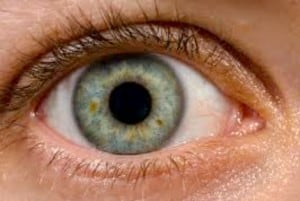
Previous studies have found that the human visual system can simultaneously process multiple traits of one object. The researchers of the present study investigated what might happen when a person wants to focus on just one aspect of what they see. They conducted two experiments in which participants viewed letters on a computer screen. The letters were distinguished from the background using color, texture, or brightness. The researchers asked participants to identify the letter they saw.
In the first experiment, the letter was distinguished from the background using one or two of the three aspects, for example, a combination of color and texture. In the second experiment, only one of the three aspects was used to distinguish the letter from the background. The participants had to identify the letter with the aspect that the researchers instructed them to look for. For example, the participants were asked to identify letters distinguished by color, but there were other letters on screen distinguished by brightness.
During the first experiment, the participants successfully identified all the letters. The participants were especially successful when two visual aspects distinguished the letter from the background. This suggests that there is value in the eye’s visual multitasking. In the second experiment, the participants struggled to ignore distracting aspects in favor of the aspect they were asked to focus on. They incorrectly identified the letter they were supposed to ignore about as frequently as they identified the correct letter.
“Even when we want and need to focus on one dimension of things we come across every day, such as the texture of your cat’s fur rather than its lightness, we have difficulty doing so because our eyes want to survey several features at once … When a visual task becomes difficult, we find that humans cannot ignore a visual dimension even if it harms their performance,” explained senior study author Michael Landy, a professor in NYU’s Department of Psychology.
This research is published in the journal Current Biology.
Previous news in sensory processing:



 © 2025 Unyte Health US Inc.
© 2025 Unyte Health US Inc.